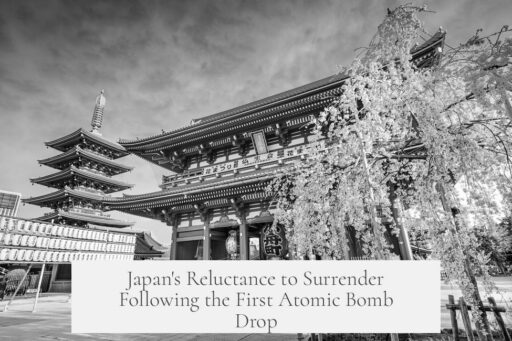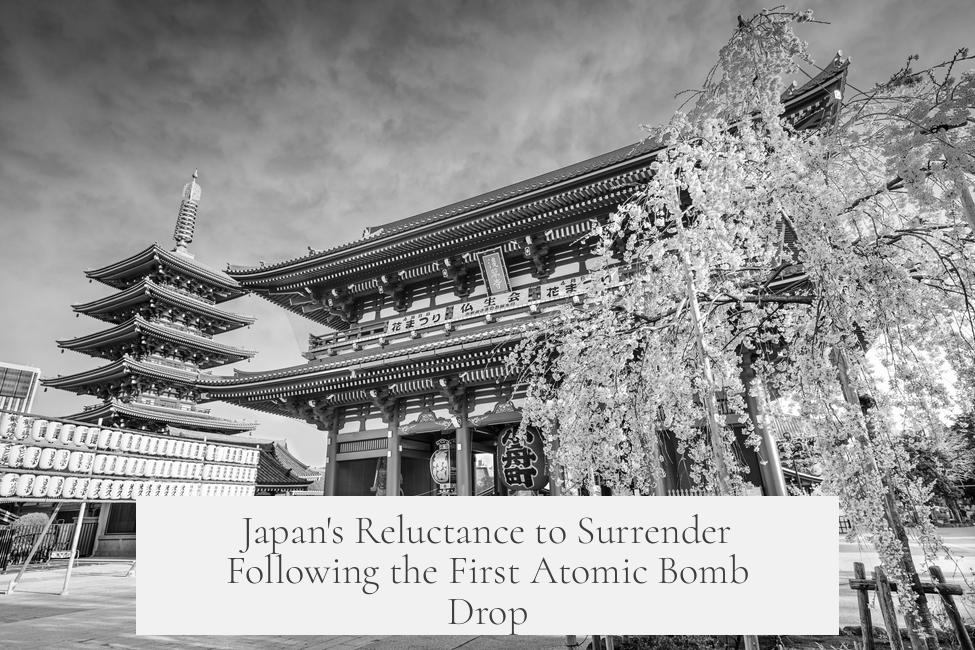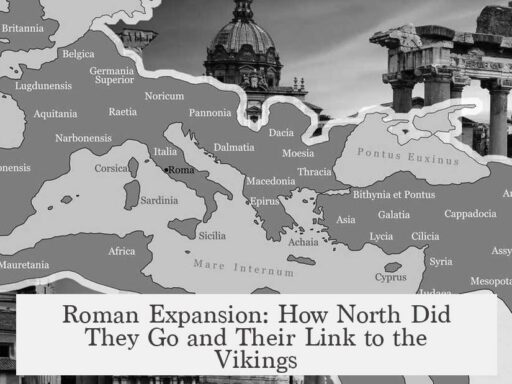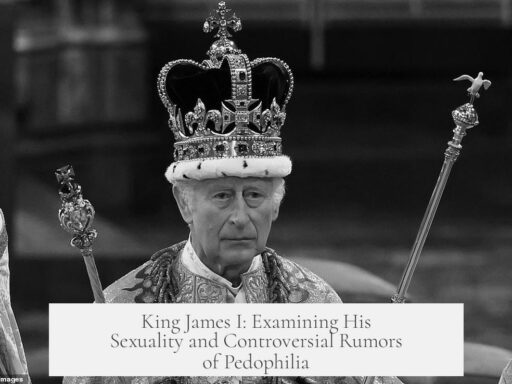Japan did not surrender immediately after the first atomic bomb due to a complex mix of cultural, political, and military factors. The Allied demand for unconditional surrender, Japanese honor codes, internal leadership divisions, limited understanding of the bomb’s impact, and the timing of Soviet entry into the war all played critical roles in prolonging resistance despite the devastating power of the atomic weapons.
The Allies insisted on unconditional surrender, a policy set forth by Roosevelt at the 1943 Casablanca conference. This demand aimed to eliminate extremist militarism in Axis powers and ensure no future conflicts. For Japan, however, this was unacceptable. The concept threatened the sovereignty of the Emperor, viewed as a divine figure critical to Japanese identity and culture. Many Japanese leaders feared unconditional surrender would lead to the Emperor’s removal or trial as a war criminal, undermining national unity.
The cultural framework of Bushido, the samurai code stressing honor and loyalty even unto death, deeply influenced the Japanese response. Soldiers and civilians saw surrender as dishonorable in a “shame society.” Kamikaze missions, mass suicides among civilians, and unwillingness to take prisoners reflected this belief. For example, on Iwo Jima, 21,844 out of 22,060 Japanese defenders were killed, with only 216 taken prisoner, illustrating extreme resistance.
Before the atomic bombings, Japan had already endured intense conventional bombings. The Tokyo firebombing alone caused nearly 100,000 deaths in a single night and destroyed much of the city. Despite this, Japan did not surrender. Many leaders and civilians underestimated the bomb’s power, initially doubting the reports of atomic destruction were true. The concept of a single plane destroying an entire city was almost unimaginable. Military strategists prepared defenses in southern Kyushu, expecting to resist any invasion, conventional or nuclear.
Japan’s leadership was deeply divided after the first atomic bombing. The Supreme Council for the Direction of the War failed to reach consensus. Military leaders insisted on guarantees for the Emperor’s status, prevention of occupation, and control over disarmament and war crime prosecution. Opposing civilian elements viewed the Potsdam Declaration as a demand to surrender outright. This deadlock delayed decision-making. It was only after the second atomic bomb on Nagasaki and the Soviet Union’s declaration of war that Emperor Hirohito personally intervened to break the stalemate and push for surrender.
The shock and confusion following Hiroshima contributed to delays. Damage to communication and residual disbelief meant officials lacked a full picture. Atomic destruction was unprecedented and difficult to grasp. Moreover, the United States had only two bombs available, so the second bombing was partly intended to demonstrate capacity for mass production, though the U.S. was not yet capable of large-scale atomic warfare.
The Soviet Union’s entrance into the war against Japan on August 8, 1945, was a decisive factor in Japan’s eventual surrender. Japanese leaders realized they faced a two-front war they could not win. The rapid Soviet advance through Manchuria pressured Japan significantly and broke remaining resolve. Historians widely agree this threat weighed heavily in the decision to end the war.
Civilian voices were absent from surrender discussions. Japan’s government was controlled by the military, limiting public influence on policy or peace efforts. Despite civilian suffering and desire for peace growing, the military maintained firm control, prolonging resistance.
| Factor | Description |
|---|---|
| Unconditional Surrender | Threatened Emperor’s position and national sovereignty, seen as unacceptable. |
| War Culture and Honor | Bushido encouraged fighting to death; surrender was dishonorable. |
| Impact of Conventional Bombing | Prior bombings were devastating, but Japan still resisted; atomic bomb reports initially doubted. |
| Leadership Divisions | Military and civilian leaders deadlocked over surrender terms, delaying decision. |
| Confusion and Shock | Unprecedented destruction led to disbelief and limited understanding. |
| Soviet Entry | Two-front war threat outmatched Japan, tipping balance toward surrender. |
| Military Control | Government dominated by military; civilians lacked voice in surrender. |
- Unconditional surrender demand conflicted with Japan’s political and cultural values.
- Japanese honor culture drove fierce resistance and rejection of surrender.
- Initial disbelief of atomic bomb’s impact delayed acceptance of defeat.
- Leadership divisions stalled negotiations despite devastation.
- Soviet declaration of war created an untenable two-front conflict.
- Civilian population lacked input; military controlled war policy.
Why Didn’t Japan Surrender After the First Atomic Bomb?
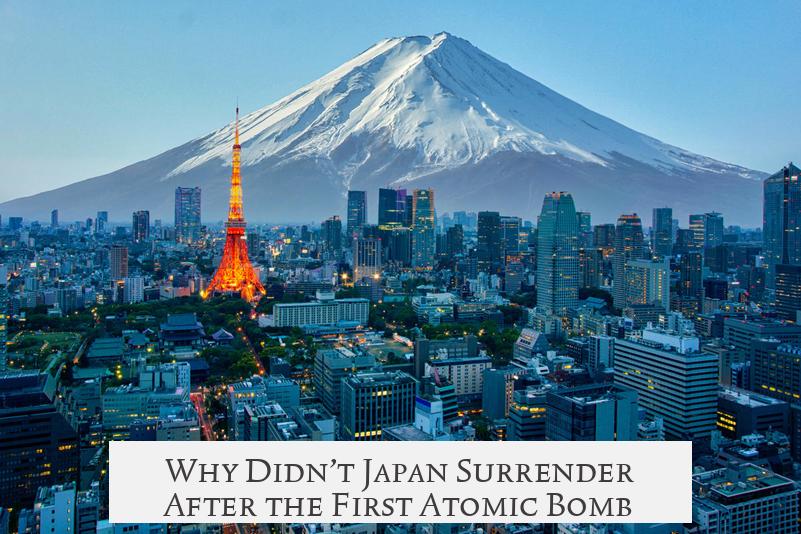
The straightforward answer: Japan didn’t surrender immediately after the first atomic bomb because of deep-rooted cultural values, political deadlock, disbelief in the bomb’s power, and the uncompromising demand for unconditional surrender imposed by the Allies. But that’s only the tip of the iceberg. Let’s unpack the full story behind why Japan held on for days after Hiroshima and only gave in after a second atomic attack and Soviet invasion.
Understanding Japan’s delayed surrender involves diving into wartime politics, social norms, military pride, shock, and the geopolitical shifts of August 1945. Strap in for a detailed look at the factors that kept Japan’s resolve steadfast – even after a bomb flattened a city.
Unconditional Surrender: The Hard Line That Stalled Peace
The Allies, led by President Franklin Roosevelt, established a tough-as-nails policy of unconditional surrender at the 1943 Casablanca conference. This meant Japan (and other Axis powers) had to accept defeat without any terms or guarantees. The idea was simple: crush the militant philosophies driving the war to stop future conflicts from brewing.
Sounds reasonable, right? But for Japan’s government, this demand hit a political and cultural nerve. Unconditional surrender meant the Emperor, a divine symbol in Japanese society, might be stripped of all his power. That was a non-starter for many military leaders and politicians who feared losing national sovereignty and honor.
“Unconditional surrender means… the destruction of a philosophy in Germany, Italy, and Japan which is based on conquest and subjugation…” explained Australian historian Steven Casey. But for Japan, it felt like a threat to survival itself.
Even some high-profile Allied figures like Churchill and Eisenhower questioned this rigid approach. It inadvertently made Japanese propaganda stronger, framing the Allies as ruthless oppressors, further stiffening resistance.
Imagine being told you must surrender entirely or nothing at all. It’s like being forced to give up your phone password when you’ve got secrets to keep! Japanese leaders clung to hope they could negotiate to retain the Emperor’s status, which explains a major reason for their prolonged stance.
War Culture and the Weight of Honor
To understand why surrender didn’t come easily, you need to step into the world of Bushido – the samurai code central to Japan’s identity. Here, honor isn’t just important; it defines your whole existence. Surrender is worse than death; it’s a stain on one’s honor.
The Emperor wasn’t just a king; he was revered as divine. Loyalty to him was absolute. Soldiers followed this code to extremes, leading to unwavering resistance on battlefields and the willingness to die rather than be captured. Kamikaze pilots crashing their planes, mass suicides on Saipan, and no-prisoner policies reflected this intense mentality.
As Marines recalled from battles like Iwo Jima, “Out of 22,060 defenders, 21,844 were killed and only 216 taken prisoner.” That’s fanaticism you don’t see every day.
This cultural context made surrendering not just a political decision but a deep personal and national crisis.
Conventional Bombing: The Prelude to Nuclear Devastation
Before the atomic bombs, Japan had already endured horrific firebombing campaigns. The Tokyo firebombing alone killed about 100,000 people in a single night, flattening vast areas because cities were mostly wooden. That’s more deaths than the Nagasaki atomic bomb caused.
Oddly enough, this devastation didn’t break Japan’s will. Many leaders either underestimated the atomic bomb’s effect or didn’t fully believe the reports. Radios and news seemed like a bad science fiction movie: how could one plane destroy a whole city?
“Radio reports seemed way too fantastical to believe. Nothing like this had ever occurred before,” officials recounted.
Japan was preparing defenses in southern Kyushu, expecting a conventional U.S. invasion there. They hoped to survive and repel further attacks, clinging to the idea that the war could still be prolonged or ended on better terms.
Leadership Deadlock and a Monarch’s Rare Intervention
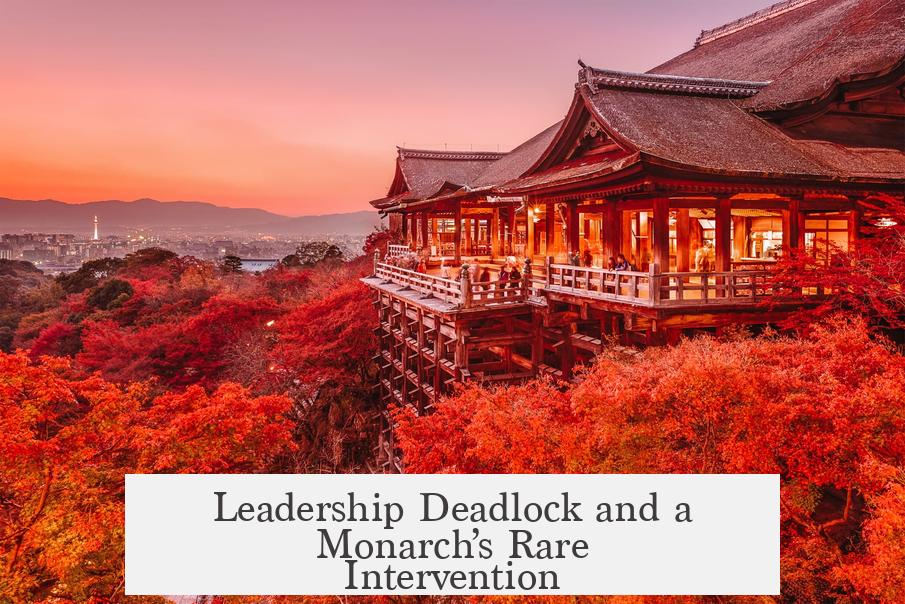
Japan’s Supreme Council was deeply divided after Hiroshima. Military leaders wanted strict conditions for surrender:
- The Emperor’s power must remain intact.
- No occupation of key cities like Tokyo.
- Japan itself would manage disarmament and handle war crime responsibilities.
At the same time, civilian members and some moderate military officials saw the Potsdam Declaration as a final ultimatum to accept defeat unconditionally. This caused a deadlock that left the nation paralyzed.
Then came a rare moment: Emperor Hirohito, typically a figurehead who stayed out of politics, decided to step in after the second atomic bomb and the Soviet Union’s war declaration.
“At 2:00 a.m. on August 10, in a moving speech, Emperor Hirohito directed that Japan accept the terms of the Potsdam agreement.”
It took over three days of debate after Hiroshima to reach this decision—no quick surrender here.
Confusion and the Unfathomable Power of the Bomb
Shock and limited communication contributed heavily too. Hiroshima’s devastation severed communication lines, leaving officials with only partial info. Many struggled to grasp the bomb’s unprecedented destructive power. It wasn’t just a weapon; it was something new, unreal, almost mythic.
The U.S. had only two bombs ready, and the rapid second bombing over Nagasaki was partly aimed to convince the Soviets and others that America could mass-produce such weapons — even though it couldn’t yet. This show of force added to the pressure but didn’t instantly break Japan’s will.
“The second bomb was dropped quickly to convince the world (the Soviets in particular) that mass production was possible — even though it wasn’t yet.”
More Than Just the Bomb: Soviet Entry Changes the Game
Just when you think it was all about atomic bombs, here comes the Soviet Union crashing the party. On August 8, 1945, the Soviets declared war on Japan and quickly overran Japanese forces in Manchuria. This opened a new front.
Japanese leaders saw this as a critical threat: fighting a two-front war was impossible. Many historians argue this was actually decisive in tipping the scales toward surrender.
“I side with the argument that it was the threat of the Russians, who mowed through China and approached Japan from the north, that finally ended the war.”
The combined pressure from the atomic bombings and the Soviet invasion made further resistance untenable.
The Silent Majority: Civilians Had No Say
Despite all this turmoil, the regular Japanese population had no power to influence surrender decisions. Japan’s government was firmly controlled by the military. Civilians regretted the war’s horrors but couldn’t prompt peace.
“Did the public pressure the military? No. Japan’s government was controlled by the military and civilians had no voice,” notes historians.
This lack of public input helped prolong military dominance and complicated surrender negotiations.
So, Why Didn’t Japan Surrender After the First Atomic Bomb? Final Thoughts
It boils down to a perfect storm of factors:
- A rigid Allied demand for unconditional surrender scared Japan’s leaders.
- Deep cultural values and honor codes made surrender taboo.
- Initially, many did not grasp the bomb’s true devastation.
- Divided leadership couldn’t agree until the Emperor stepped in.
- The Soviet invasion altered strategic realities dramatically.
- The civilian population had no say, leaving decisions to stubborn military leaders.
Japan’s surrender wasn’t an instant reaction but a complex decision reached after weighing all these, sometimes conflicting, pressures. Understanding this context unveils a painful human story behind a historic moment too often told as simply “the bomb made them surrender.”
Next time you hear about Hiroshima, remember: Japan’s response was shaped by culture, politics, disbelief, and geopolitics — not just a single bomb.
